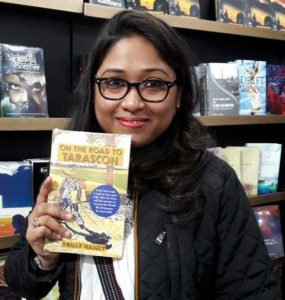
Travelling to Kashmir has always been on my bucket list and this time I finally made it!
I’d always heard Kashmir was a land of magic that exhibits diverse beauty in different seasons. So I planned to start with winter, the season of of white bed of snow, chilling breeze and multiple-layered cloths and traditional Kangri hidden under Pheran (a traditional knee-length cloak).
After I reached India’s northernmost state, the first flavour of Kashmir I took in was with the sip of Kehwa, traditional Kashmiri green tea in my hotel located in an alley close to Dal Lake. I spent the day sailing around the lake.
Unlike other seasons, Dal lake during winter is not so colourful, but still it is mesmerising and equally absorbing. A blanket of mist covers the lake and from it emerges colourful Shikaras captained by the local people, whose lives are very much dependent on this beautiful lake. Sailing the Dal lake it a must-do when you’re in the area. Sailing through Dal lake in winter is like removing layers of fog one after the other and going closer to a refreshing beauty of its floating vegetable market and wood crafted houseboats.
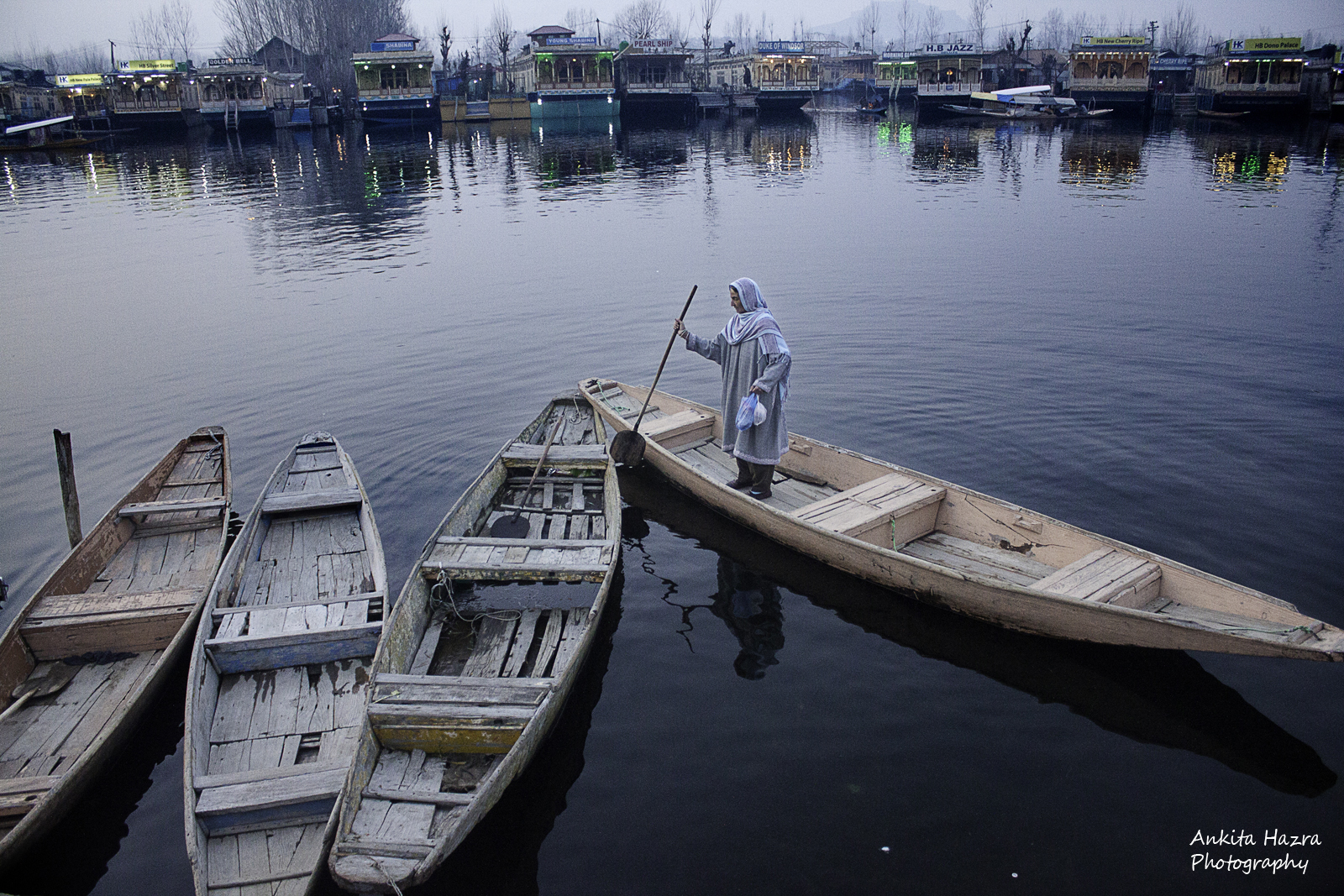
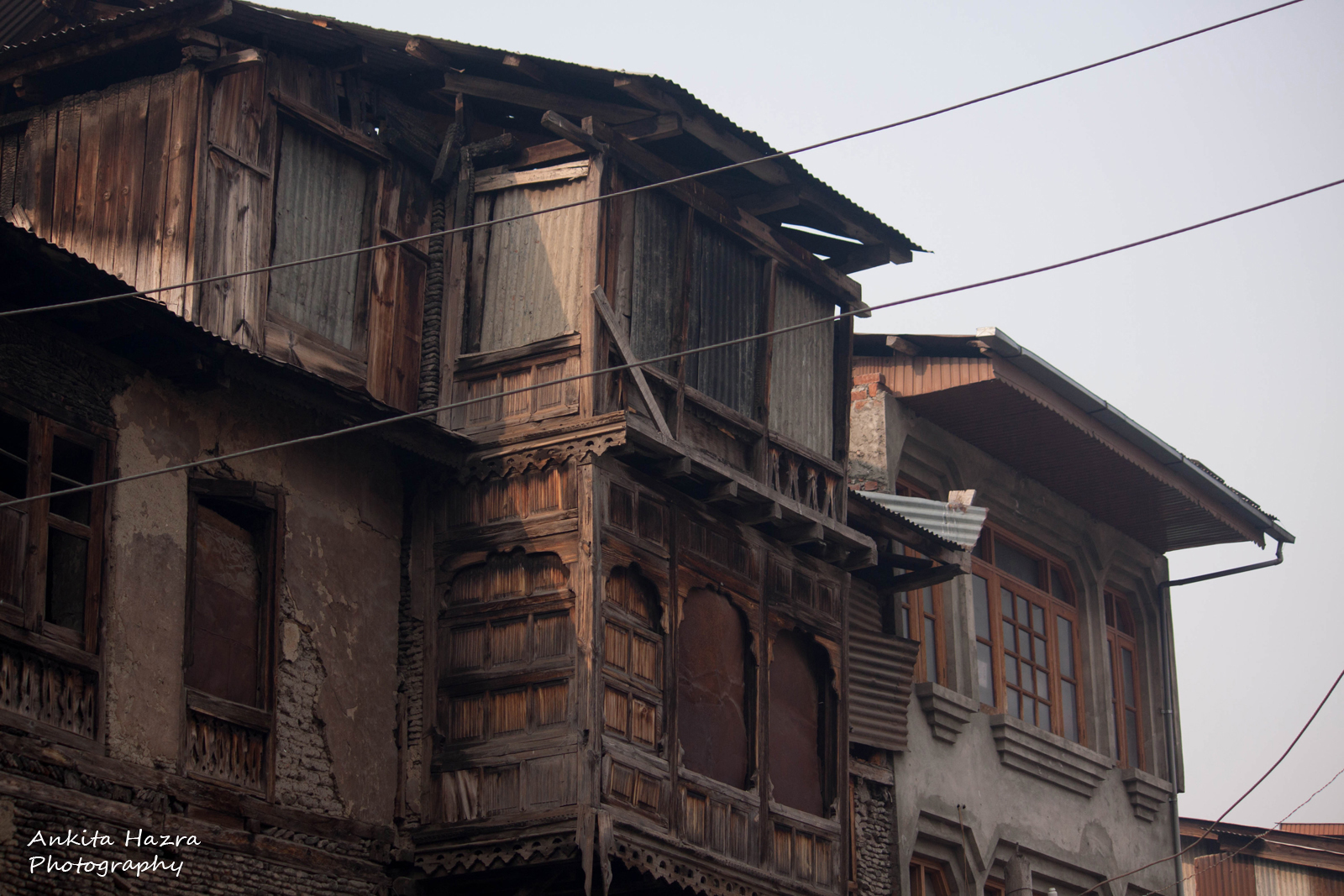
I spent my second day in Kashmir exploring both old and new Srinagar on a Heritage Walk with Firdous Ahmed. The walk began from Zein Kadal, a bridge built in 1950 over the Jhelum river. The river bank is lined both sides with traditional wooden Kashmiri houses. These huge houses — four or five storeys — were once owned once by richest Kashmiri people and Pandits but now most of them are standing abandoned and crumbling.
Walking down the bridge, we entered the alleys of old Srinagar localities. As you enter the maze of alleys and streets, history and stories starts unfolding automatically in front of your eyes. The history of its richness, its tragedy and even the earlier communal harmony, political protests will reflect on every wall and every corner of the streets. This is where you find the local spice shops, artisans busy making samovars and kangri and the aurora of baking bread.
As we passed through the old Kashmiri Pandit neighbourhood and its once-glorious wooden houses, we arrived at the Jama Masjid in Nowhatta. Its beautiful Indo-Saracenic architecture, fine woodwork, magnificent courtyard and 370 wooden pillars make it an amazing architectural specimen. The mind calms down as you step into the peaceful courtyard away from the din of the old bazaars around it. Thousands assemble at the mosque every Friday to offer prayers.
Next, we walked our way to Shah Hamdan Mosque, the first mosque built in the valley of Srinagar on the bank of Jhelam river.
While wandering around the city in winter, you will witness massive nude Chinar trees, which are said to be as old as the existence of Kashmir. These gigantic trees stand tall throughout the valley and the landscape of Kashmir mutely witnessing Kashmir’s romance, its religious reverence and its political and armed struggles for ages now. The Chinar tree’s beauty is inexpressible and it changes with every season. Don’t forget to pay a visit to the Zero Bridge, a wooden arch bridge crossing the Jhelam River and also Ghanta Ghar in Lal chowk at the heart of Srinagar city. This Clock Tower or Ghanta Ghar, which been an eyewitness to the raises of various political agitations and bloodshed and violence through the years.
On our third day in the valley, we went up to Gulmarg, a haven for skiers from around the world.
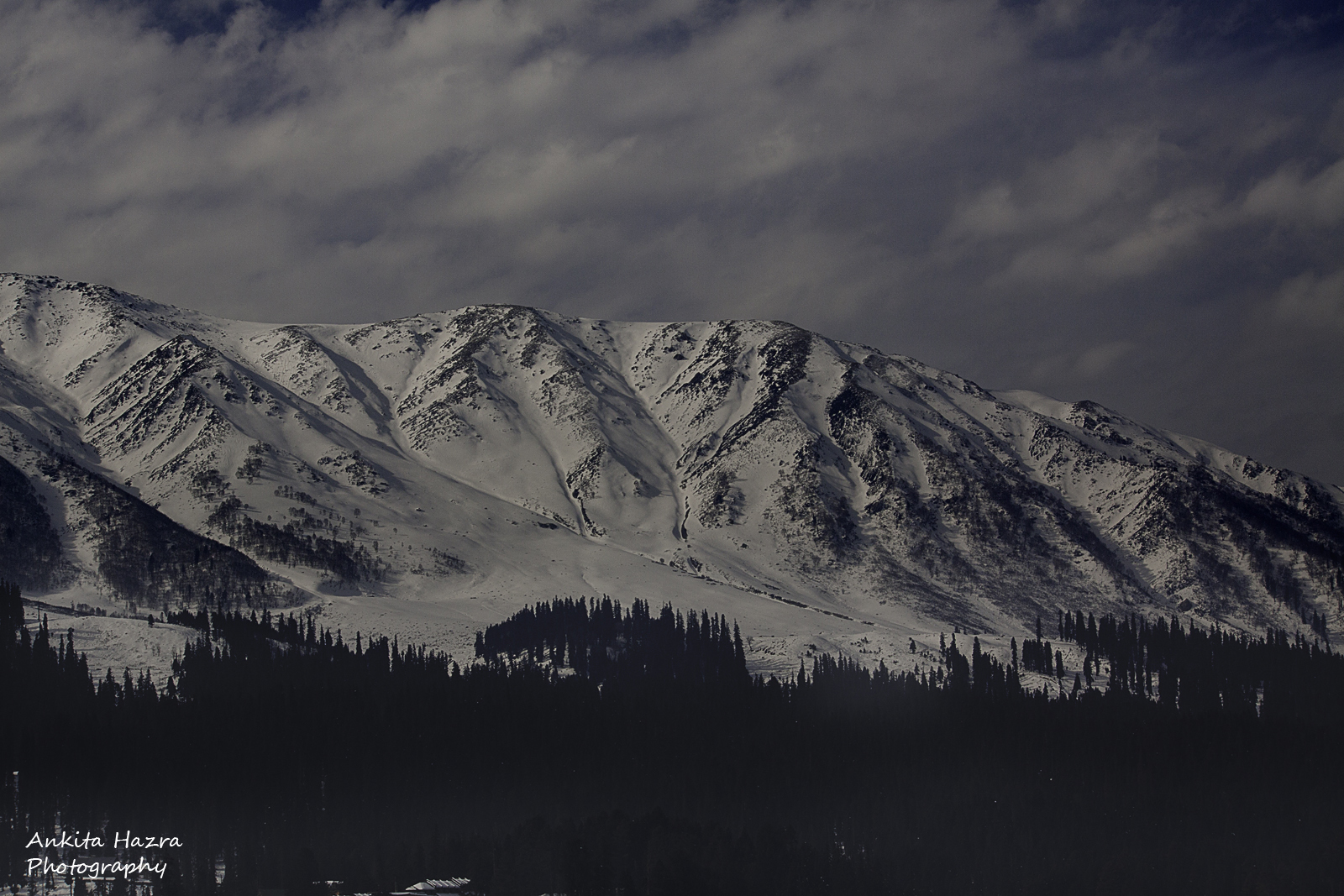
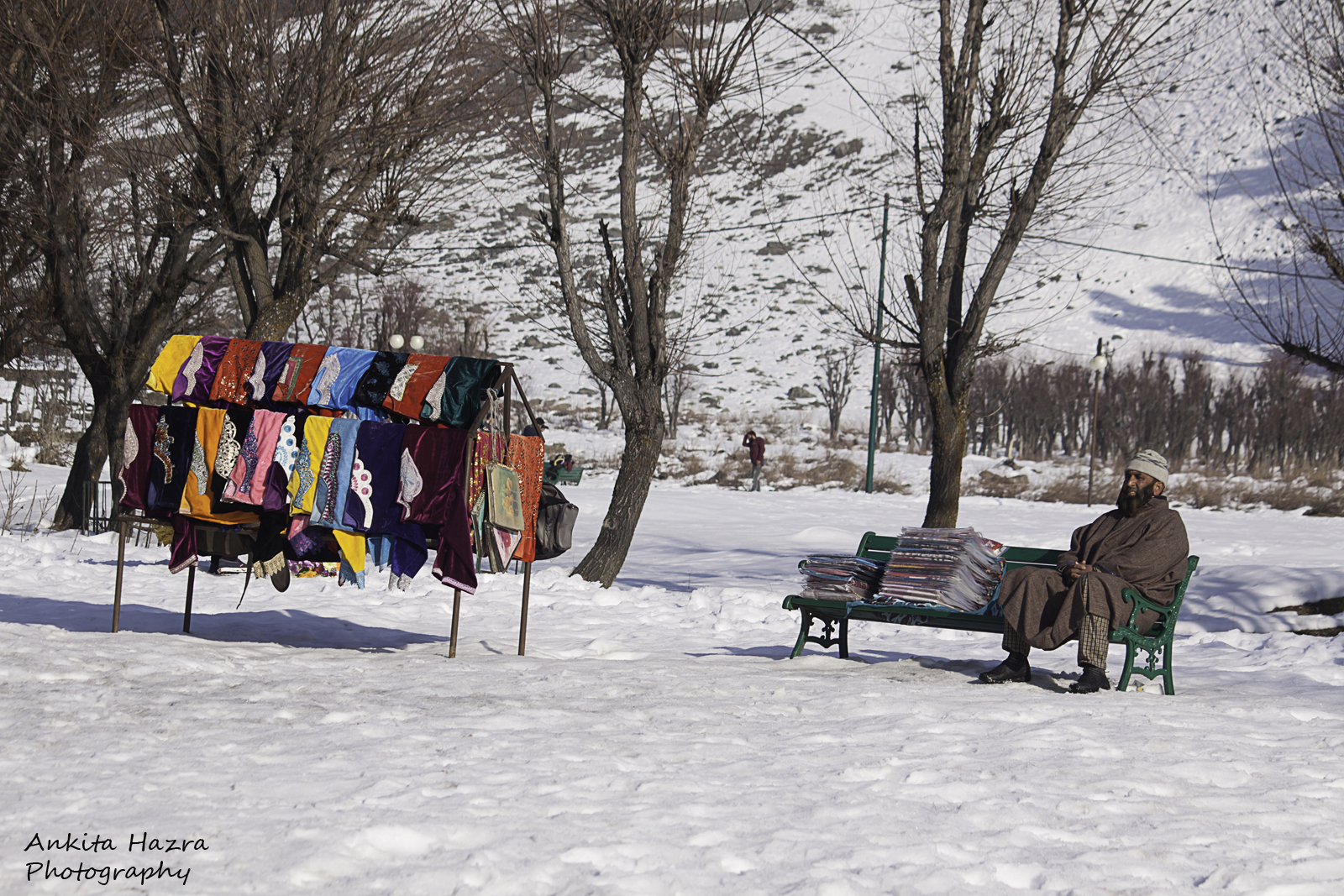
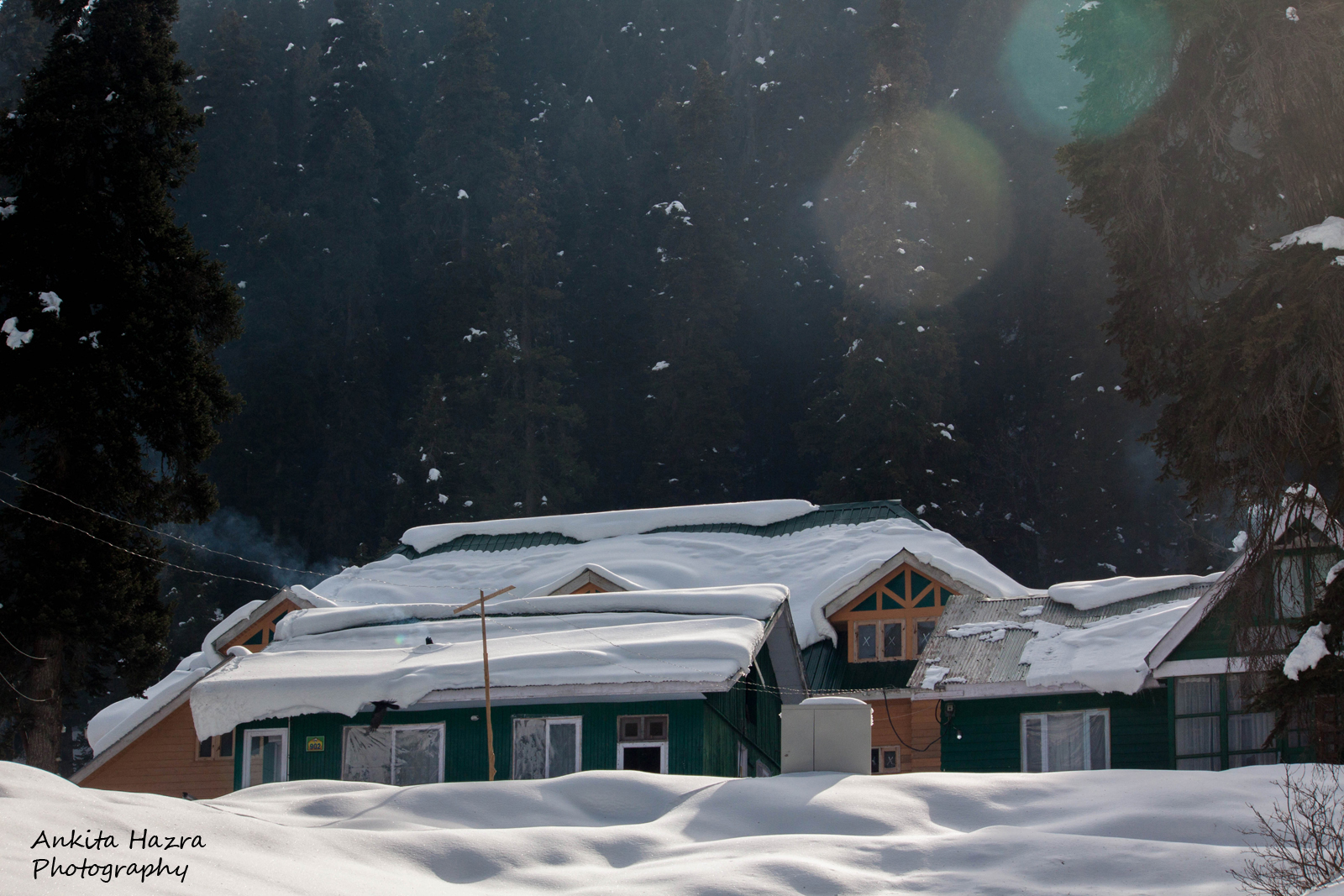
In the months of December and January, the area is swathed in white snow. Don’t miss the Gulmarg Gondola cable car ride when you are around. From the base camp at 9,000ft, the first stop is at the Kongdori meadow at 11,000ft. From Kongdori, the second phase of the cable car takes you to the Apharwat peak, which is 13,000ft. The cable car ride offers breathtaking views of the majestic mountains, the snow laden Gulmarg meadows, shepherds’ huts and the valleys beyond.
The colours and shades and the play of light on nature’s canvas are mesmerising. At the top, the mind calms amidst the chilling wind, ocean of snow and blue sky. It’s a feeling that will stay with you.
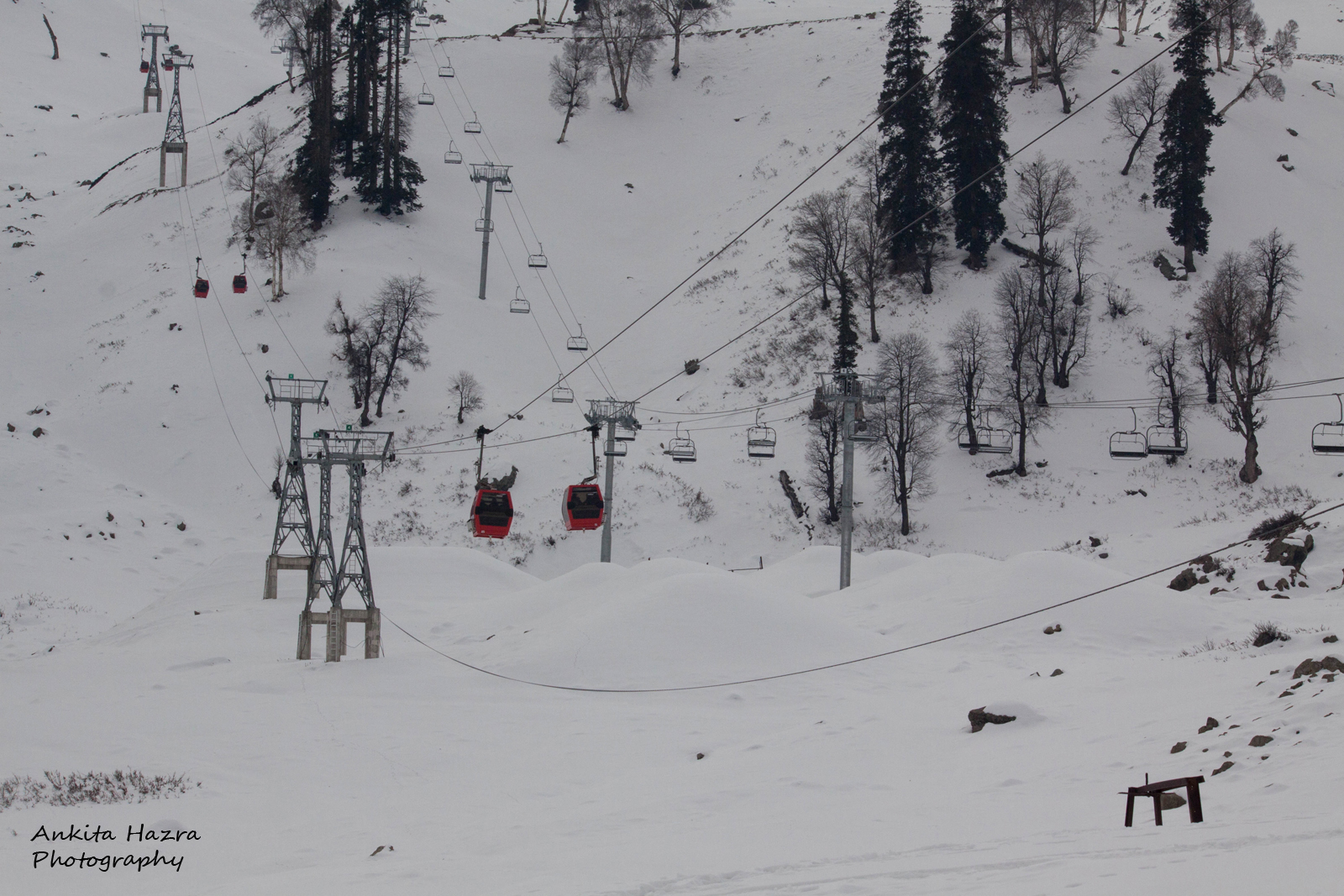
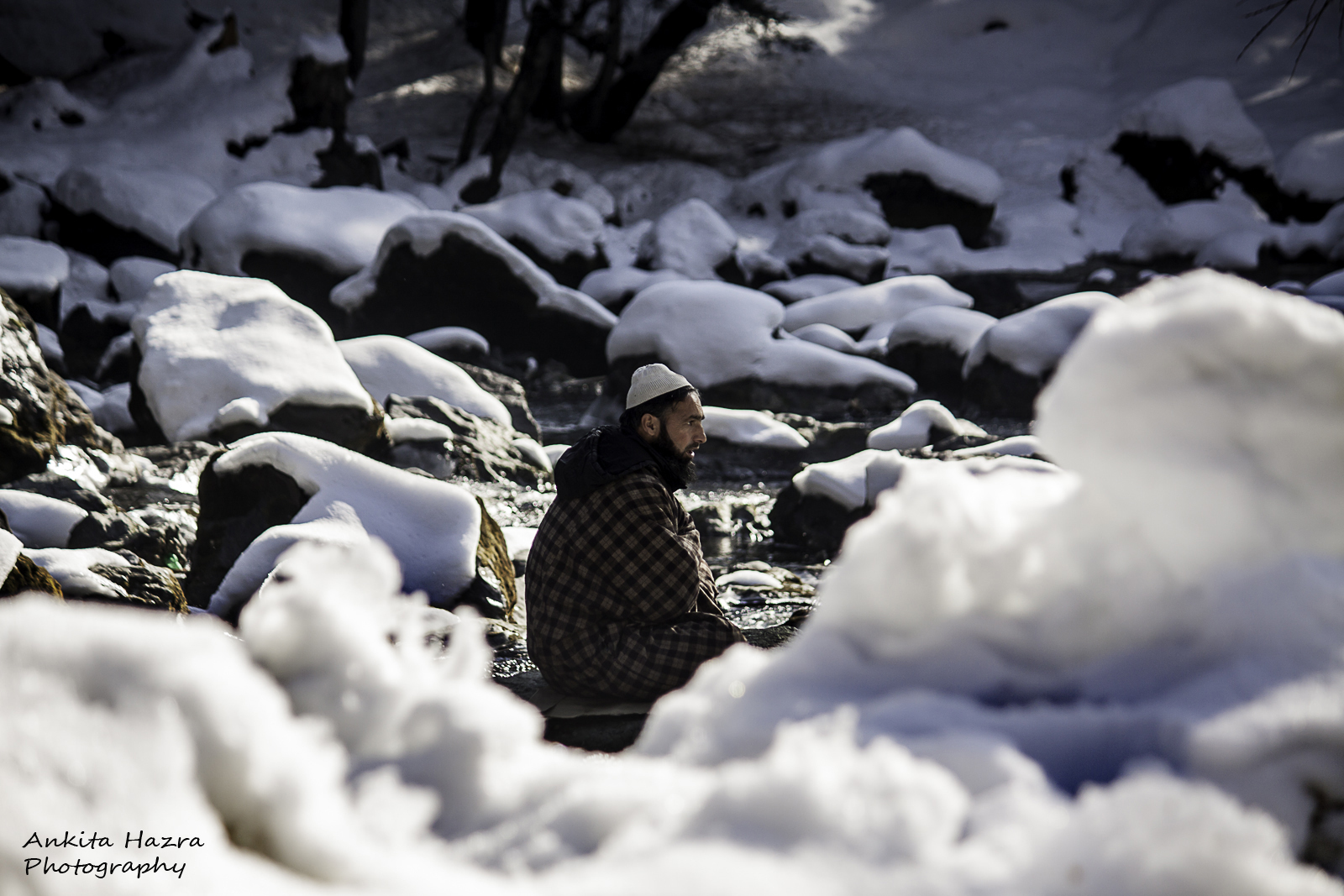
Day four saw us travel to Pahalgam, where the Lidder and Seshnag rivers flow and conifer trees grow. Pahalgam is the gateway for pilgrimage to Amarnath. On our way, we crossed many saffron fields and trees such as willow, apple, walnut and almond — all nude with fresh snow resting on them.
The shepherd village of Pahalgam is surrounded by Aru and Betab valleys. A good idea could be to enjoy a horse ride and explore the area.
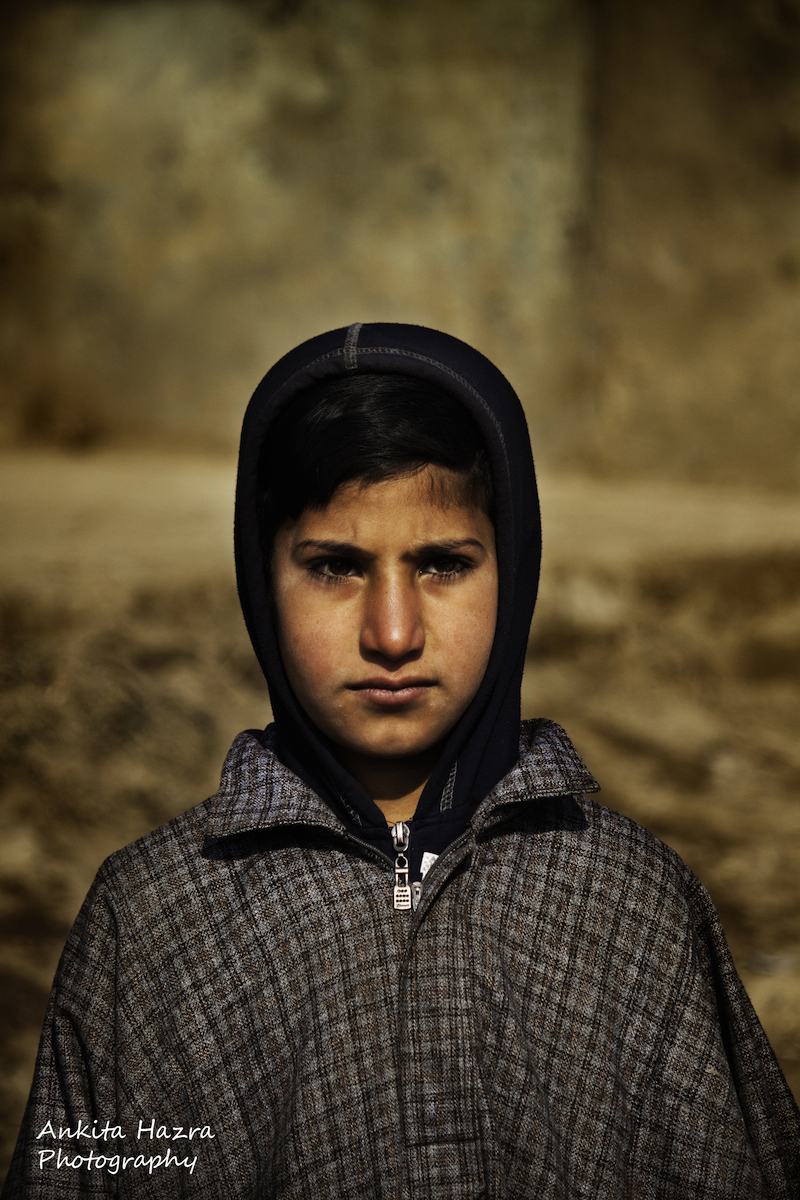
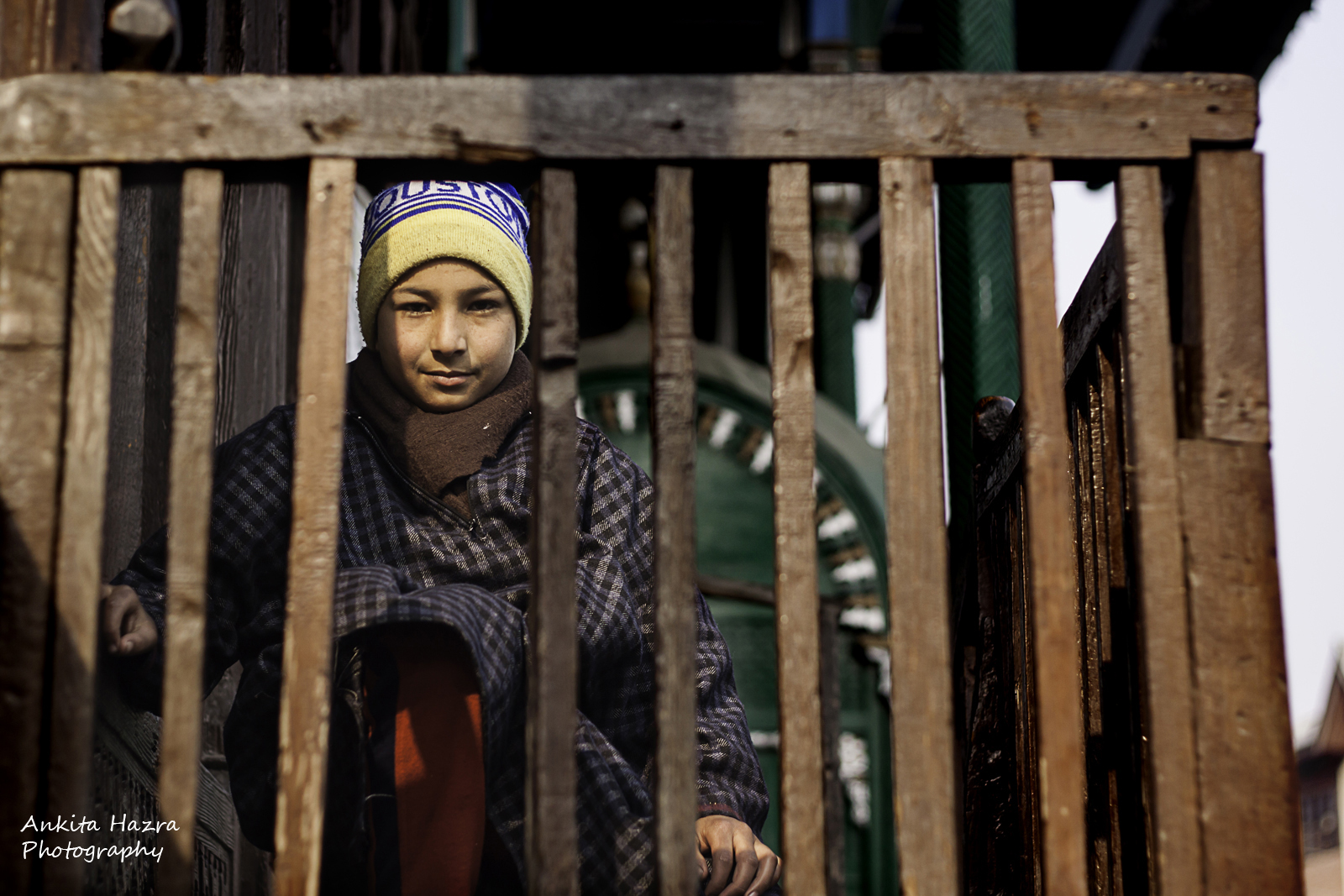
A trip to Kashmir is incomplete if the local cuisine is not savoured.
The Kashmiris prepare well for the harsh winter. Through September and October the families dry vegetables and preserve fruits to see them through the cold season.
The cuisine here is influenced by the food of Persia, China and the Indian subcontinent. Roganjosh, yakhni, macch, dum aloo and wazwa (meat based) are some of the things you must to try to get an authentic taste of Kashmir. And don’t forget the street food — tobruk halwe porath, masala cotte and traditional breads.
Ankita Hazra is co-founder of MAC Studio and The Artshop. She also works as an art facilitator and photographer, educating children with creativity and visual art

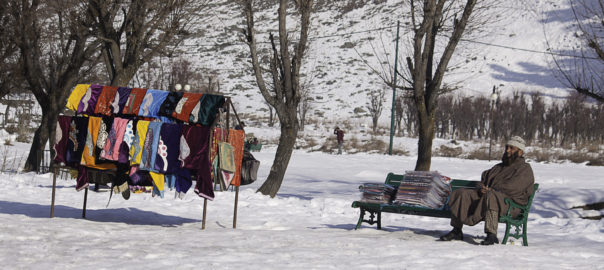
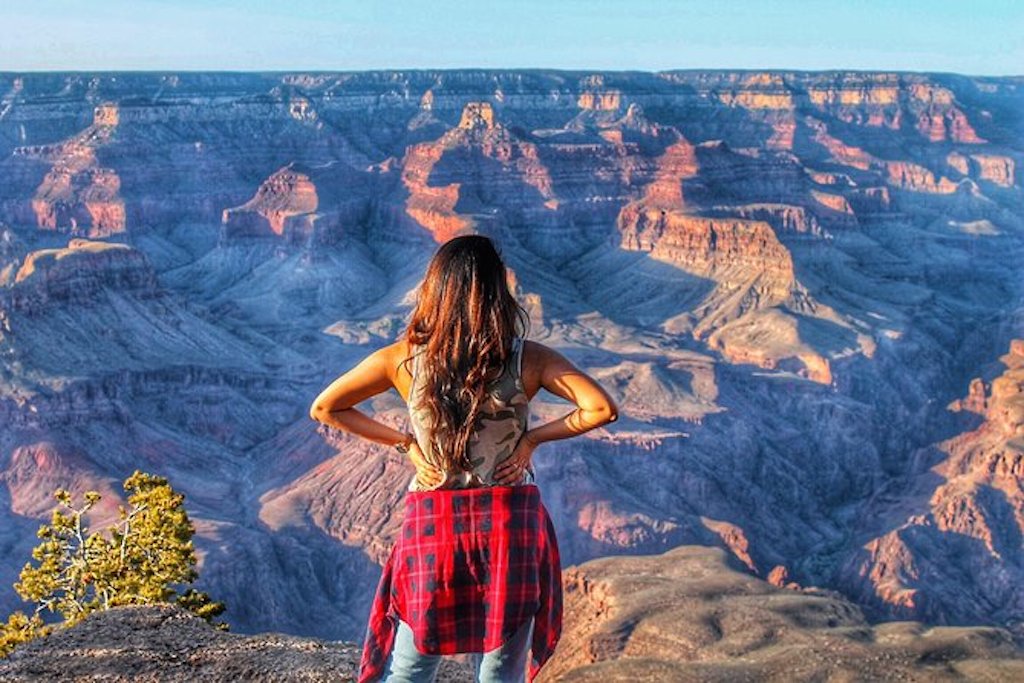
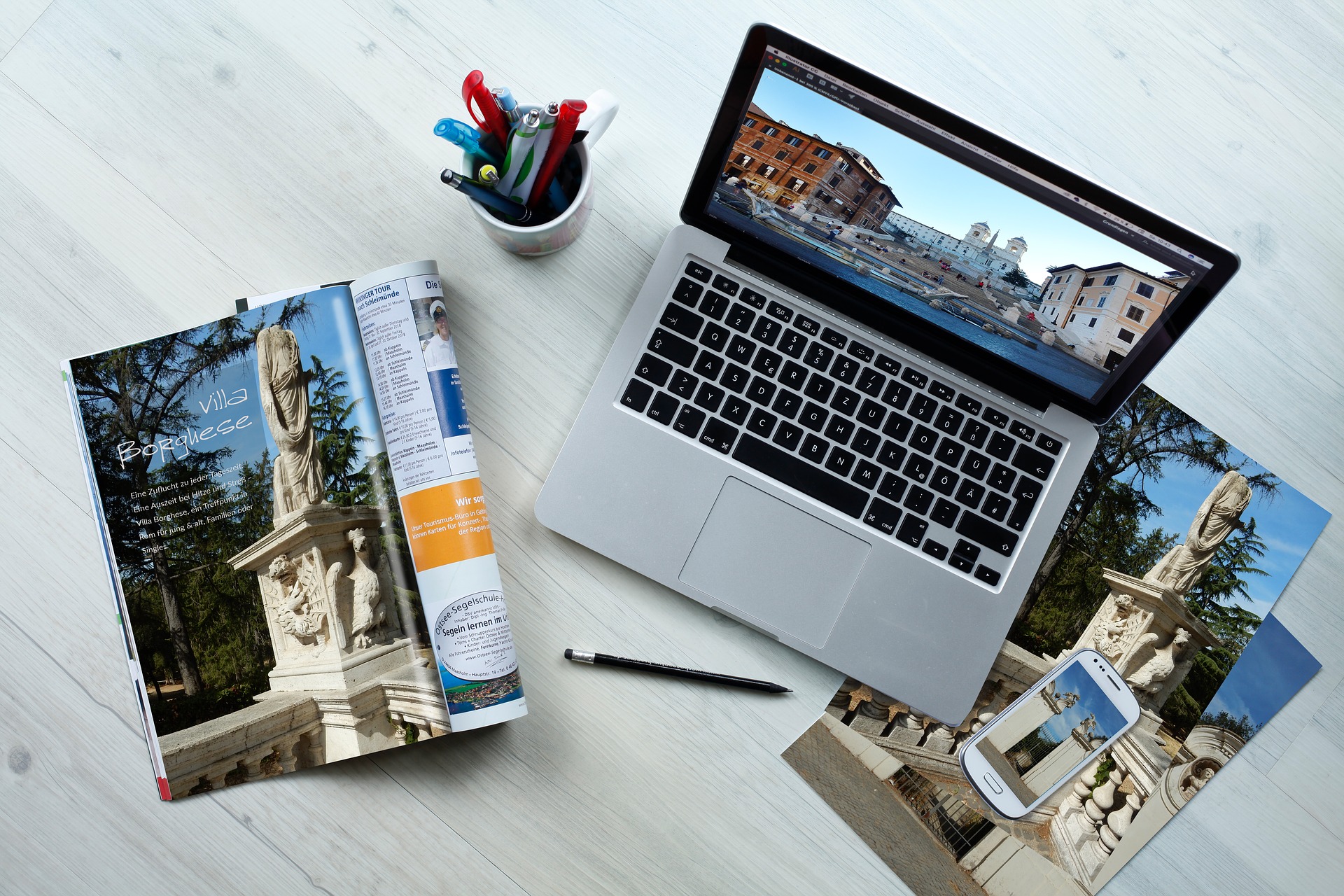
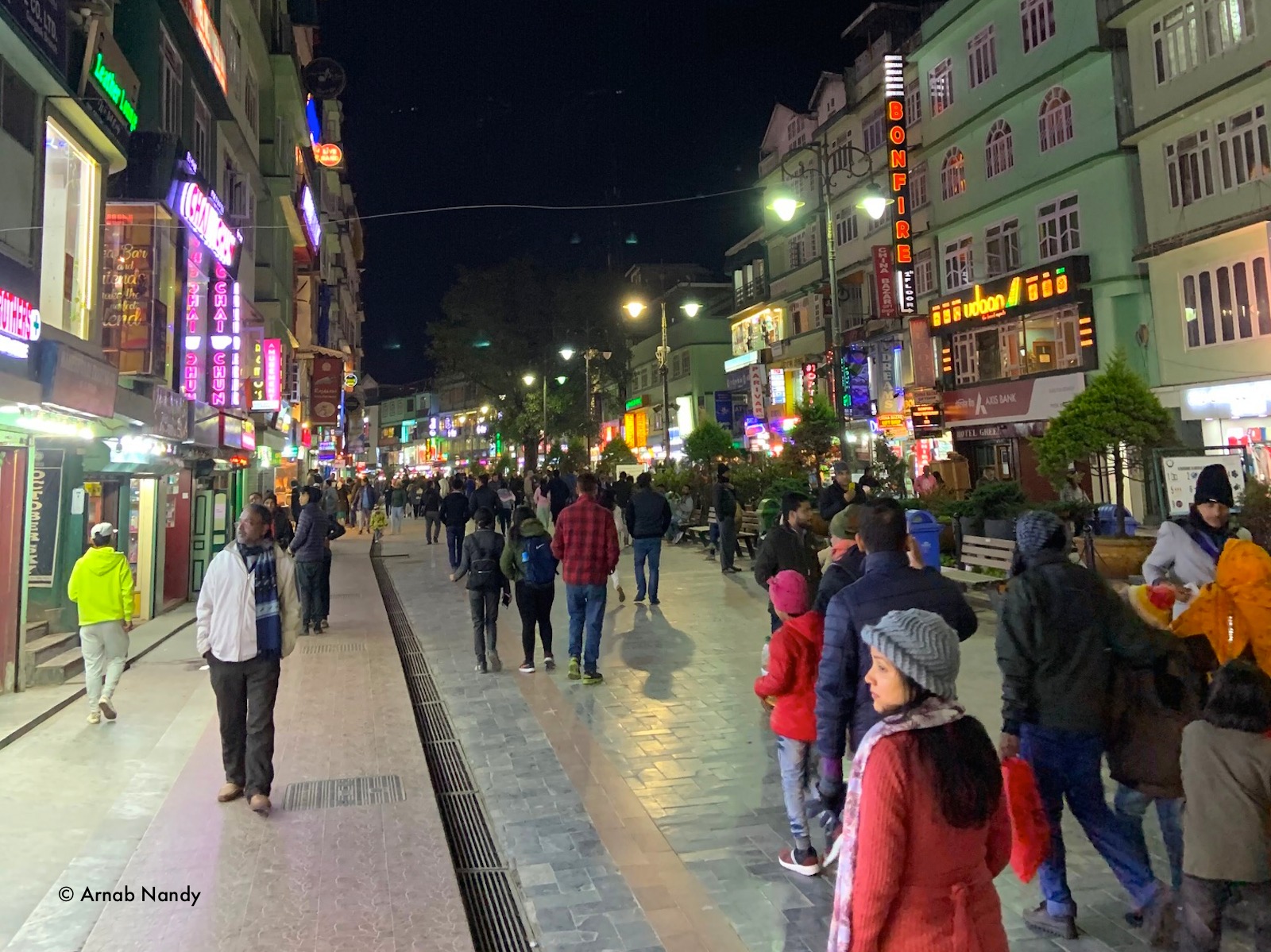
February 25, 2018
Your photographs ably transfers one inside the white cover of winter Kashmir! Extremely well written and captured on lens!
September 28, 2018
Hi.. loved your writeup and pics. Would you be able to tell if the roads are blocked in December Jan? We are planning tip in winters and dont want to get stuck!